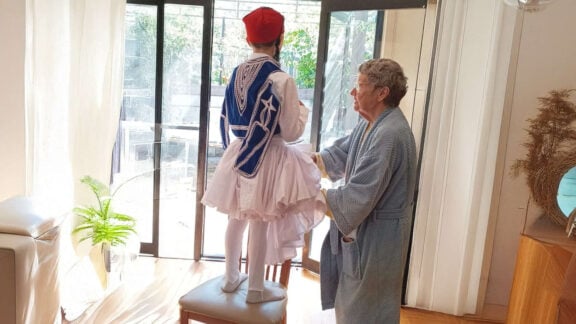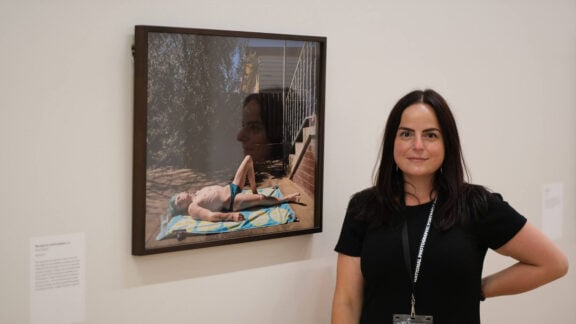The numerically significant marches that took place last weekend in 32 cities and towns of Australia, marches against the Abbott government, were ‘organised’ by the ‘March in March’ group of individual active citizens, and took many people in the political and the media world by surprise.
This group of activists, “outraged by the Liberals, ashamed by Labor and uninspired by the Greens”, as one of them put it in The Guardian, appeared as a Facebook community less than two months ago, and up until last Sunday they had approximately 48,000 likes. They used Twitter and they also run a website for those who wanted to know what was going to happen throughout Australia, from the 15th to the 17th of March.
In their statement of purpose they declared that “the people protest at a great number of policies and decisions being implemented by the Liberal National Party Coalition Government which are in denial of the best interests and image of our nation and an affront to the common good”.
They also went on to say that their peaceful marches “affirm the public dissatisfaction with policies that are incompatible with our international moral and legal responsibilities and to our way of life as a compassionate and caring people. The social democracy that represents the very fabric of Australian ideology requires that the government govern for the common good of all its people”.
An estimated 30,000 people marched in Melbourne, approximately 10,000 in Sydney, all together about 100,000 people marched throughout Australia. The media, even centre-left media such as The Guardian, saw and described the participants in these rallies as anarchists, family members, teachers, unionists, animal lovers and others in between.
It is not the first time in Australia that sizeable and community sensitive minorities take to the streets in order to protest for various causes, worthwhile or not, according to their own and our own set of beliefs.
However, it is one of the first times, if not the first time, that individual citizens used social media so successfully in order to mobilise against government policies. It is not groups of people with distinctive characteristics, such as political parties, unions, vested interests or other ‘traditionally’ defined and associated political groups. It is an assortment of individual common concerns, becoming public over the use of Facebook, Twitter and web pages. It is common individual concerns of individual people that join up, and create a colourful collective of protest, against the government of the day. It is activism no longer channelled to political parties but targeting political parties, as Van Badham, one of the organisers, put it in The Guardian, in a way that reminded me of the rhetoric of the Occupy Wall Street movement in the USA.
The new media have played an important political role, from the bottom up, in the mobilisation of people during the Arab Spring for example, or from the top down in the two successful Obama campaigns for the White House, or in the creation of the Beppe Grillo movement-party in Italy.
In Australia however, the potentially ‘liberating’ or demagogically ‘enslaving’ political impact of the new media has been ‘negligible’ up until now. This is not to say that what happened with the March in March rallies during the last few days will have a lasting effect in Australian politics. This is just an observation pointing to a possible new influential player in the political process of this country, namely, concerned citizens from all walks of life and all aspects of the ideological divide, who can make their voice and their concerns heard, or who can produce political outcomes, through the use of social media.
The use of new media can increase political awareness and participation, especially for the digitally-literate citizens and the educated classes, but they cannot replace or limit the need and the scope of face to face political interaction and involvement.
Demonstrations and ‘massive’ political statements, regardless of what means they use in order to maximise their impact, unless they are accompanied by well-disciplined and well organised every day holistic ideological and political structures, structures that includes continued face to face interaction, cannot have, I believe, a lasting political effect.
Too often in the past we have seen large protest marches eventually fizzle into inaction as there’s very little follow up. The euphoria of the feel good factor at the time dissipates quickly with no change in the status quo of the protest issue. Without continuity in action, other consciousness-raising initiatives, and without the simultaneous use of traditional systemic political tools as well, change rarely follows.








